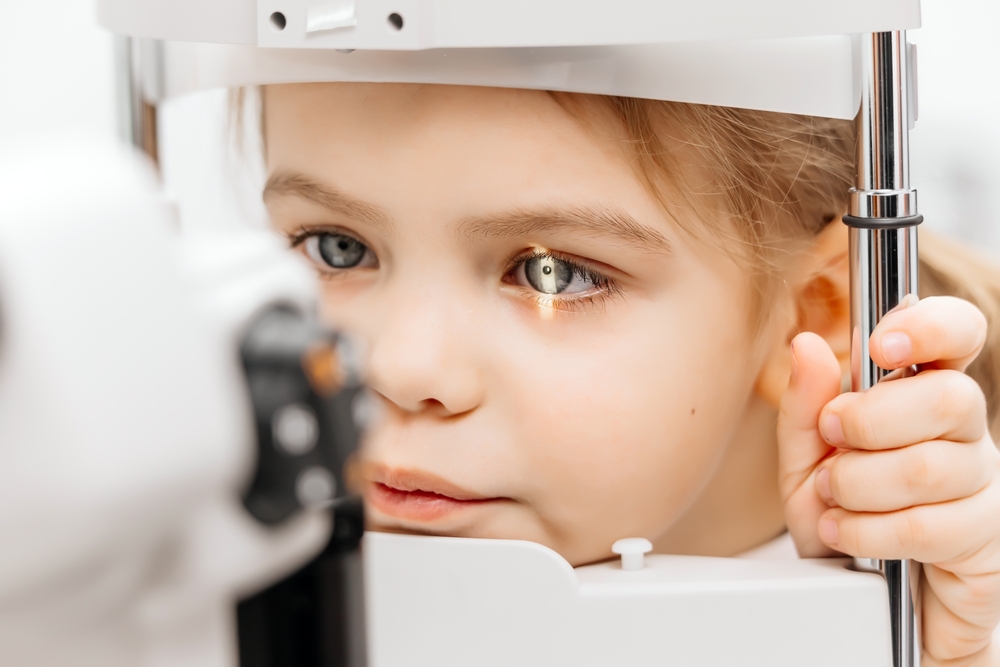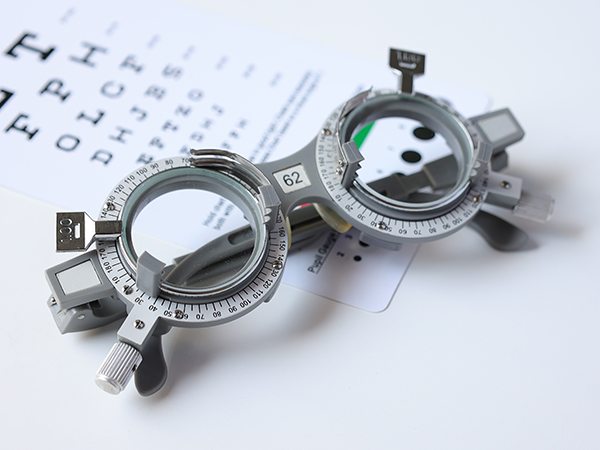Common Eye Conditions in Children and How Pediatric Exams Help
Blog:Common Eye Conditions in Children and How Pediatric Exams Help

Children rely on their vision for learning, social interaction, and everyday activities. However, undiagnosed eye conditions can impact their development and academic performance. Routine pediatric eye exams play a crucial role in detecting and managing common eye conditions early, ensuring children achieve their full potential.
Refractive Errors
Refractive errors occur when the shape of the eye prevents light from focusing directly on the retina, leading to blurry vision. These include:
Myopia (Nearsightedness): Difficulty seeing distant objects clearly.
Hyperopia (Farsightedness): Trouble seeing close objects clearly.
Astigmatism: Blurred or distorted vision at all distances due to an irregularly shaped cornea.
Refractive errors are easily corrected with prescription glasses or contact lenses, allowing children to see clearly and perform better in school.
Amblyopia (Lazy Eye)
Amblyopia occurs when one eye has weaker vision than the other, often due to an uncorrected refractive error, strabismus (eye misalignment), or other conditions. If left untreated, the brain may favor the stronger eye, leading to permanent vision impairment in the weaker eye. Early intervention with patching, or corrective lenses can improve vision development.
Strabismus (Crossed or Misaligned Eyes)
Strabismus is a condition where the eyes do not align properly, which can lead to double vision or suppression of vision in one eye. It may require eyeglasses, vision therapy, or, in some cases, surgery to realign the eyes and prevent complications such as amblyopia.
Conjunctivitis (Pink Eye)
Conjunctivitis is a common eye infection that causes redness, swelling, and discharge. It can be viral, bacterial, or allergic in nature. Pediatric eye exams help determine the cause of pink eye and ensure appropriate treatment to prevent spreading and discomfort.
Eye Allergies
Children can experience allergic reactions that affect their eyes, leading to itching, redness, and watery eyes. Common triggers include pollen, dust, pet dander, and certain foods. Pediatric eye exams help identify and manage allergies with appropriate medications or lifestyle modifications.
How Pediatric Eye Exams Help
Regular pediatric eye exams play a crucial role in detecting and managing eye conditions before they impact a child's development. Early detection is essential, as many eye conditions develop gradually and require timely intervention for effective treatment.
Additionally, addressing conditions like amblyopia and strabismus early can prevent long-term vision problems. Pediatric eye exams also allow eye doctors to provide customized vision solutions, such as glasses, or medical interventions tailored to each child’s needs.
When Should Children Have Eye Exams?
The American Optometric Association (AOA) recommends pediatric eye exams at the following intervals:
At 6 months old
At 3 years old
Before starting school (ages 5-6)
Annually thereafter, depending on vision needs
Schedule Your Child’s Eye Exam with Eyecare Experts Today
Children’s vision plays a significant role in their growth, learning, and overall well-being. Scheduling regular pediatric eye exams with Eyecare Experts ensures early detection and treatment of common eye conditions, helping children see the world clearly and thrive.
Schedule your child’s eye exam with Eyecare Experts to safeguard their vision and set them up for lifelong success. Contact our office in Houston, Sugar Land, or Stafford, Texas, by calling (346) 220-3200 to book an appointment today.


